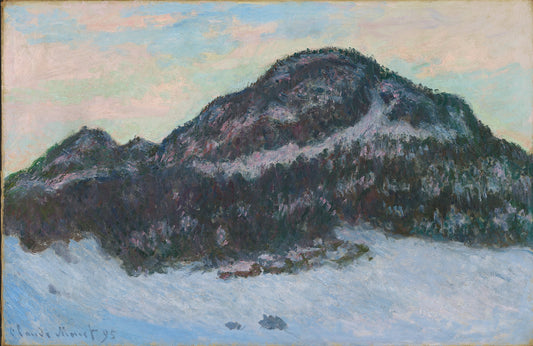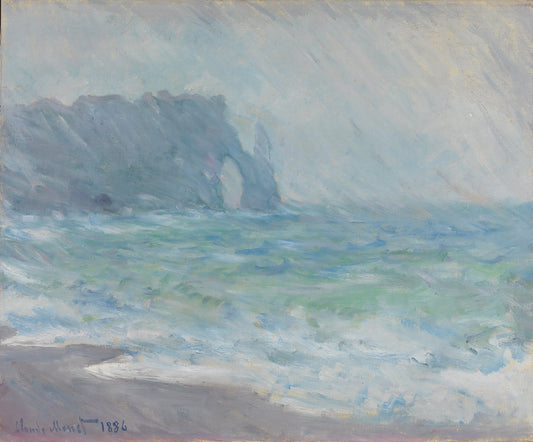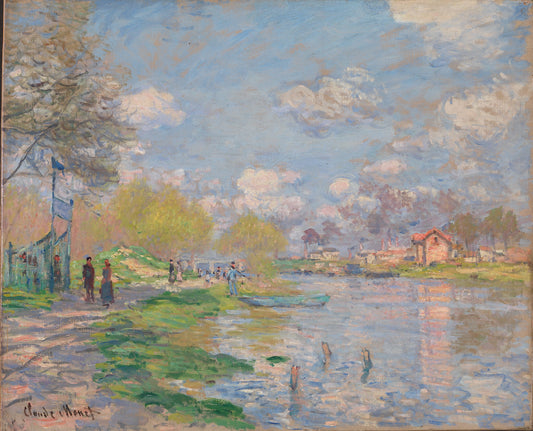Collection: Claude Monet
-
Kolsåtoppen
Vendor:Claude MonetRegular price From 150,00 NOKRegular priceUnit price per -
Rainy weather, Étretat
Vendor:Claude MonetRegular price From 150,00 NOKRegular priceUnit price per -
Printemps au bord de la Seine
Vendor:Claude MonetRegular price From 150,00 NOKRegular priceUnit price per



